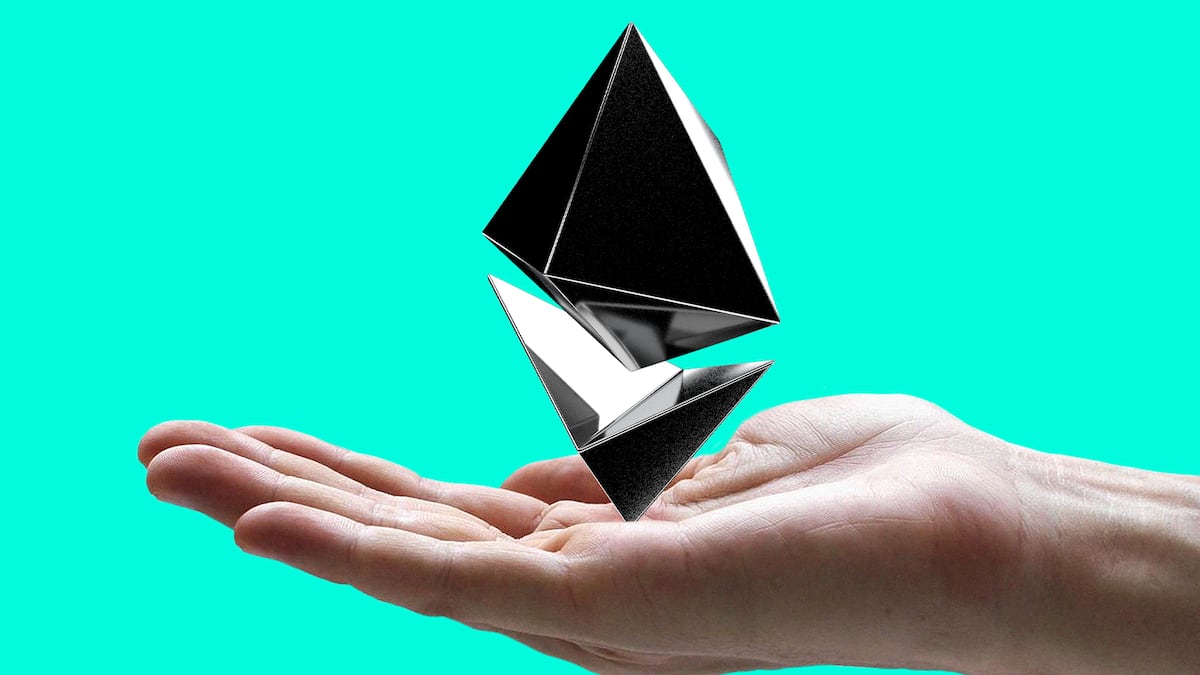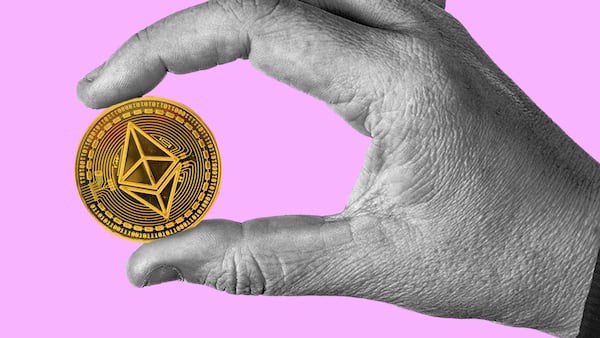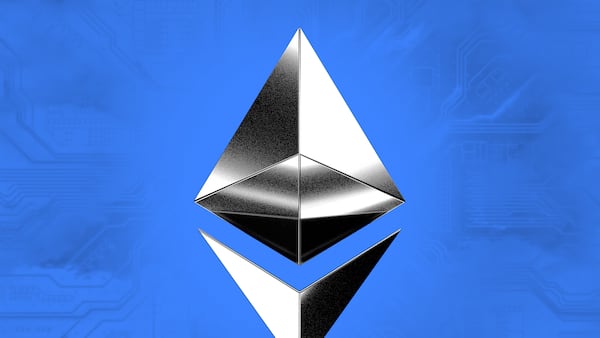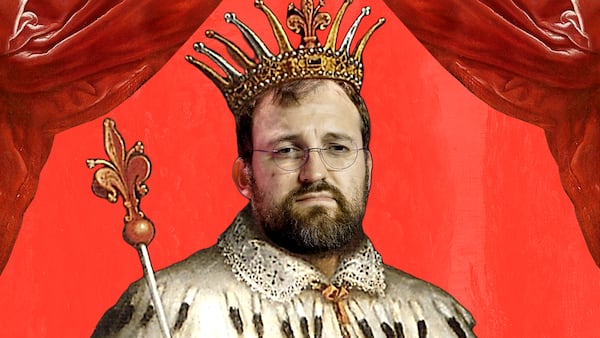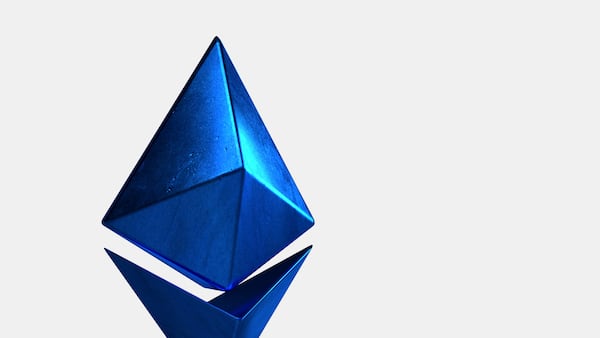- Vitalik Buterin’s latest vision, "The Purge," explores ways to reduce Ethereum’s data and storage demands.
- Over recent weeks, Buterin has outlined several "paths" for Ethereum’s future.
Ethereum co-founder Vitalik Buterin has been exploring potential overhauls to address the blockchain’s escalating data storage and technical complexity.
In this fifth iteration dubbed “The Purge,” Buterin examines ways to streamline Ethereum’s infrastructure by reducing the data burden on network nodes.
The Purge would limit how much historical data each node must store, moving older data to a peer-to-peer network for easier access.
Another core idea would be to reduce the burden of inactive accounts and contracts by expiring them.
“Reducing complexity and bloat over time” is necessary to sustain Ethereum, Buterin said in his post, as the protocol matures and looks toward long-term viability.
Futures of Ethereum
Over the past two weeks, Buterin has outlined a broader vision for Ethereum’s future with a series of proposals addressing some of the blockchain’s most persistent challenges.
“The Merge” upgrade, which went live in September 2022, focused on moving Ethereum to a proof-of-stake consensus for stability and solo-staker accessibility, with goals like better resistance to 51% attacks.
“The Surge” aims to increase transaction throughput by integrating layer 2 scaling, with a vision of achieving 100,000+ transactions per second.
“The Scourge” focuses on the issue of centralisation risks within Ethereum’s staking and block construction processes. This proposal suggests reducing dependencies on large stakers to prevent transaction censorship and high-value extraction from users.
Lastly, “The Verge” addresses the feasibility of running a fully verifying node by exploring stateless client technology and computationally affordable verification. This would potentially allow even mobile and wearable devices to participate in Ethereum’s consensus.
Through these proposals, Buterin is exploring multiple paths to ensure Ethereum’s scalability, security, and accessibility while addressing the challenges that come with growth.
Each “future” presents possible upgrades but will depend on extensive research and community feedback.
Crypto market movers
- Bitcoin is up 0.1% over the past 24 hours to trade at $67,130.
- Ethereum is up 0.3% to trade at $2,477.
What we’re reading
- Bitcoin falls as Tether CEO calls criminal probe report ‘old noise’ — DL News
- What Needs to Happen for Altcoins to Finally Pump: Report — Unchained
- From Smuggling Gold Out of Africa to Bridging Bitcoin and Cardano — CoinDesk
- Hacker returns $19m in stolen crypto to US government just one day after breach — DL News
Kyle Baird is DL News’ Weekend Editor. Got a tip? Email at kbaird@dlnews.com.


